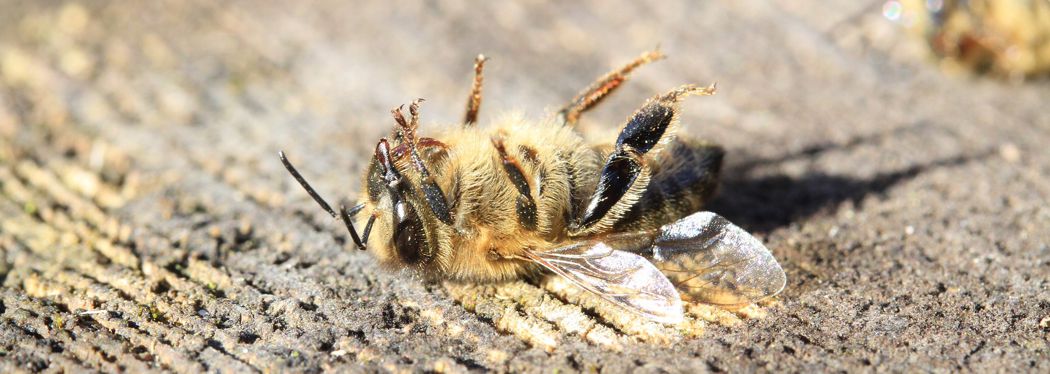
Food for Thought
As we look into the pesticides we use on our food and in our landscape, what should be the litmus test for toxicity? It is important to keep certain insects and pests at bay to have healthy crops and to prevent property damage, but at what cost? If the insecticides used on those crops make them unhealthy to eat, what have we gained? Is there a better way to handle the challenge of keeping insects out of our homes and off our food?
What does science tell us?
The science tells us definitively that chlorpyrifos are lethal to bees and we know what an important role bees play as pollinators in our entire food system. Beyond that, even if the studies so far have found correlational and not causal links between this chemical and developmental issues in children, isn’t that enough? When it comes to the health of our children shouldn’t we always be using the precautionary principle from the United Nation’s World Commission on the Ethics of Scientific Knowledge and Technology and erring on the side of safety? Whether the invention and use of chlorpyrifos starting in 1965 through present day has been a contributing cause to the sharp uptick in ADD and ADHD in children or not – isn’t the possibility enough to drive us to seek different ways of doing things?
You be the judge
Below you’ll find an impartial look at the facts surrounding chlorpyrifos as well as information on alternatives to this controversial insecticide.
Here are some facts about chlorpyrifos you should know.
And here’s a look at some chlorpyrifos alternatives.

Meredith, a former professional in the software industry, has come to the Mrs. Green’s World team through an unlikely journey that took her through the world of non-profit management and on to becoming a part of MGW. Helping people understand climate change and what we can do about it – is very near and dear to her heart. She lives in Tucson with her family and too many pets.